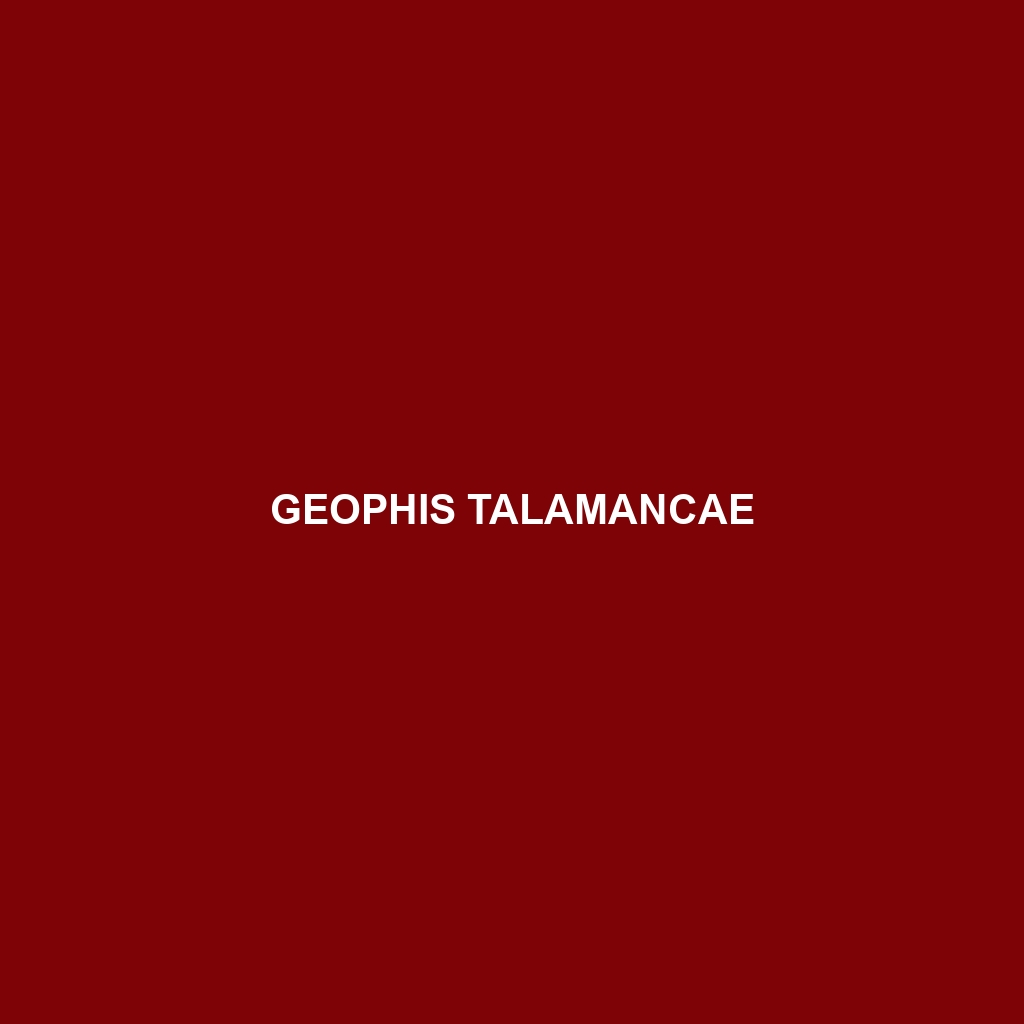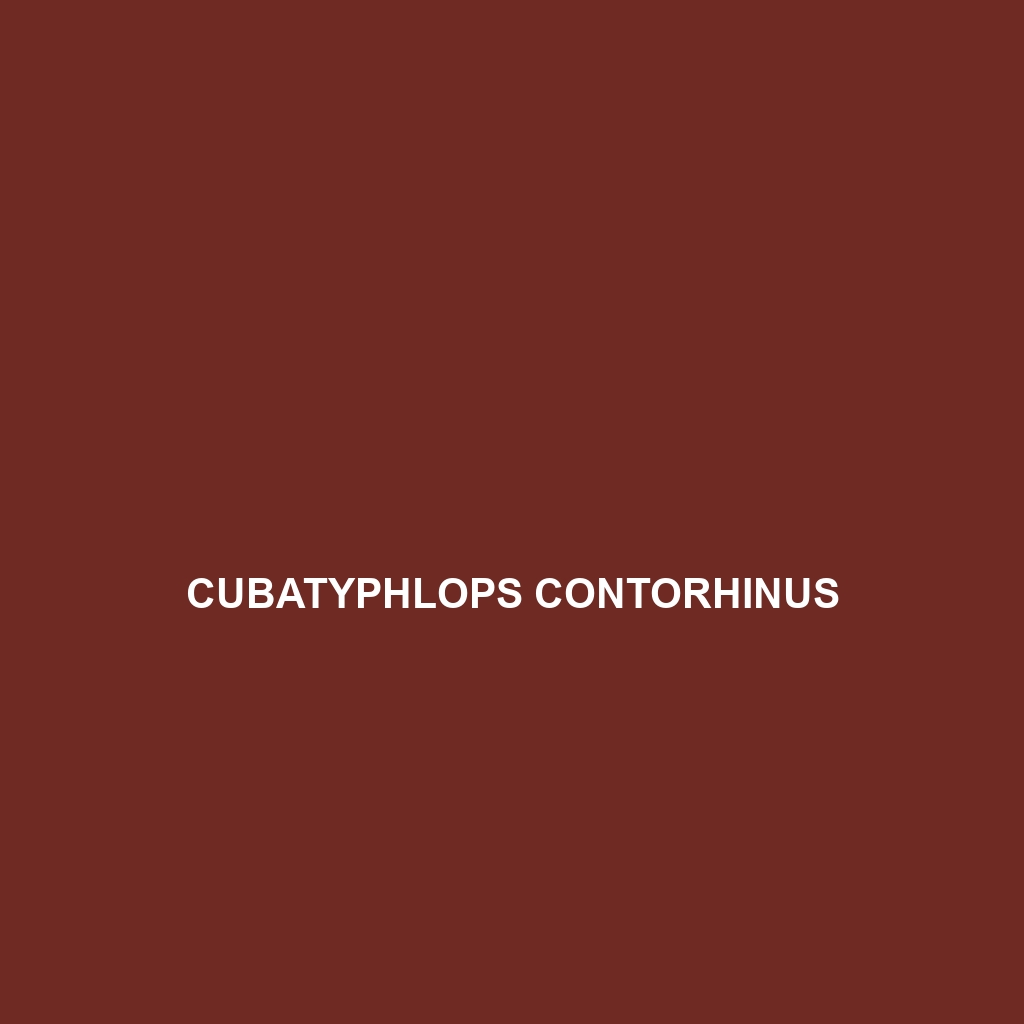<p><b>Prosymna frontalis</b>, also known as the Eastern Worm Snake, is a small, nocturnal insectivore found in the moist habitats of eastern Africa, such as rainforests and savannas. With a slender body measuring 45 to 70 centimeters and cryptic coloration in browns and greys, this snake plays a vital role in its ecosystem by regulating insect populations and serving as prey for larger predators.</p>
Tag: earthworm predator
Prosymna frontalis
<p><b>Prosymna frontalis</b>, also known as the Eastern Worm Snake, is a small, nocturnal insectivore found in the moist habitats of eastern Africa, such as rainforests and savannas. With a slender body measuring 45 to 70 centimeters and cryptic coloration in browns and greys, this snake plays a vital role in its ecosystem by regulating insect populations and serving as prey for larger predators.</p>
Indotyphlops laca
Discover the Indotyphlops laca, a slender, smooth-scaled burrowing snake native to the tropical rainforests and savannas of Southeast Asia. This nocturnal insectivore plays a vital role in controlling invertebrate populations and maintaining soil health while thriving in warm, humid environments.
Geophis talamancae
Discover the Geophis talamancae, also known as the Talamanca snake, a nocturnal, burrowing species native to the lush rainforests of Central America, characterized by its slender body, striking banded coloration, and vital role in regulating invertebrate populations. This fascinating creature thrives in humid, tropical environments and exhibits unique adaptations that enhance its survival and ecological significance.
Epictia phenops
<p><b>Epictia phenops</b>, commonly known as the common worm snake, is a slender, non-venomous snake native to Central America's humid environments, characterized by its smooth, glossy scales and nocturnal behavior. This species primarily feeds on small invertebrates like earthworms, plays a crucial role in soil health, and is adaptable to both burrowing and surface life.</p>
Cylindrophis engkariensis
Cylindrophis engkariensis: A Comprehensive Species Description Common Name: Cylindrophis engkariensis Scientific Name: Cylindrophis engkariensis Habitat Cylindrophis engkariensis, commonly known as the Engkarian Pipe Snake, is primarily found in the tropical rainforests of Southeast Asia, particularly in countries like Malaysia and Indonesia. This snake thrives in humid environments, often residing in leaf litter near freshwater streams […]
Cubatyphlops contorhinus
Discover the unique Cubatyphlops contorhinus, or Cuban blind snake, a slender fossorial species native to the Caribbean’s grasslands, characterized by its light brown coloration, smooth scales, and diet of subterranean invertebrates. With a vulnerable conservation status due to habitat loss, this fascinating snake plays a critical role in soil aeration and nutrient cycling.
Calamaria longirostris
Discover the long-nosed worm snake, Calamaria longirostris, a slender, nocturnal predator from Southeast Asia that thrives in humid tropical forests. This species features smooth scales and an elongated snout, essential for burrowing and hunting small invertebrates in leaf litter.
Calamaria gracillima
Discover the Calamaria gracillima, a slender and elusive snake from the humid forests of Southeast Asia, thriving in moist environments and primarily feeding on small invertebrates. With its impressive camouflage and role in maintaining ecosystem balance, this fascinating species is currently categorized as "Vulnerable" due to habitat loss.
Calamaria abramovi
Calamaria abramovi, a slender, nocturnal snake found in Southeast Asia's tropical rainforests, measures 50-70 cm and features a light brown to dark olive hue with intricate patterns. This vulnerable species primarily feeds on small invertebrates like earthworms and plays a crucial role in maintaining ecosystem balance through its unique burrowing behavior.









